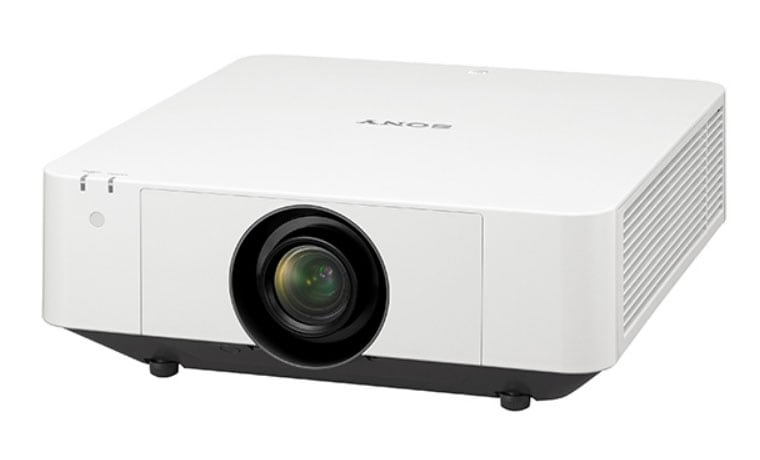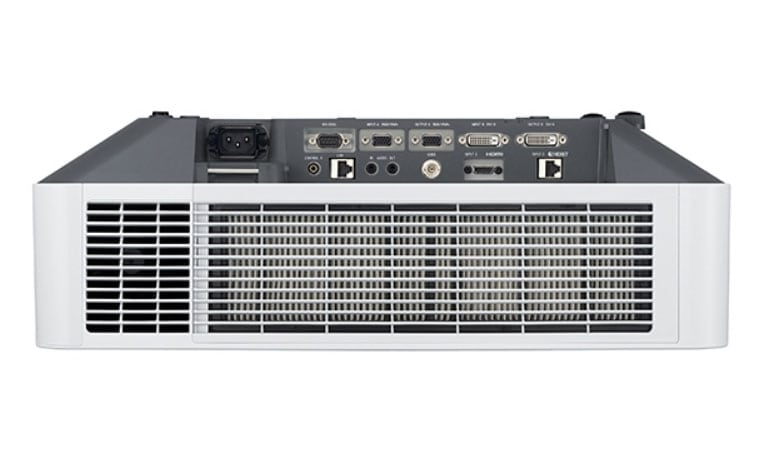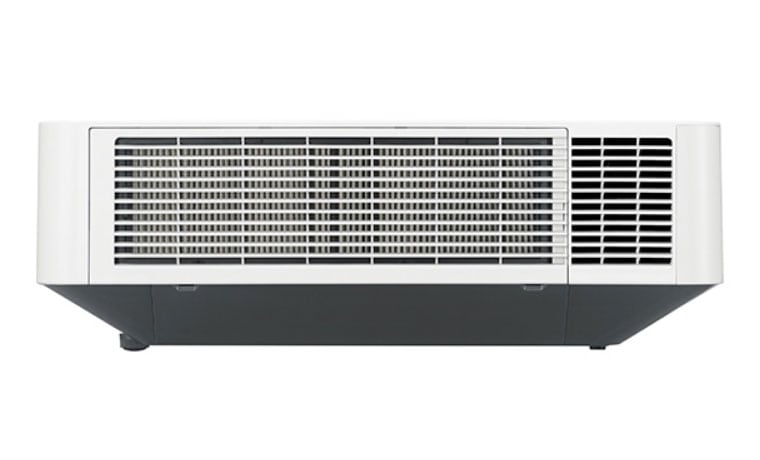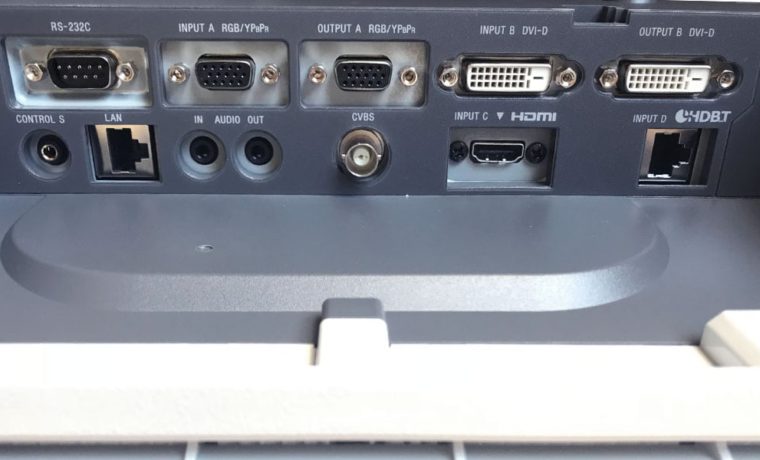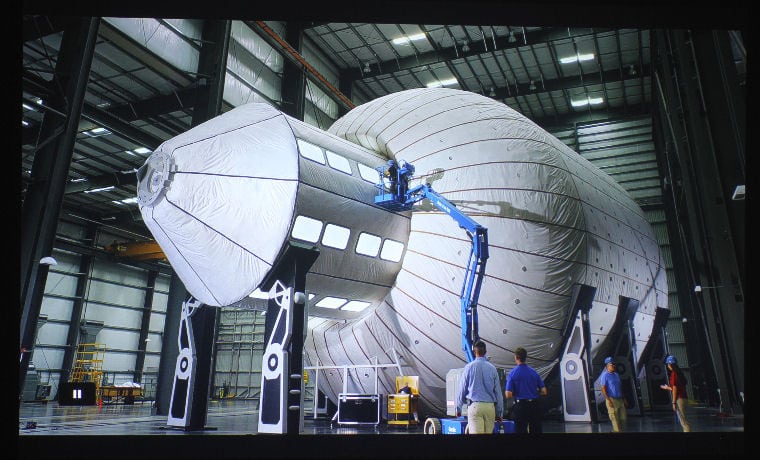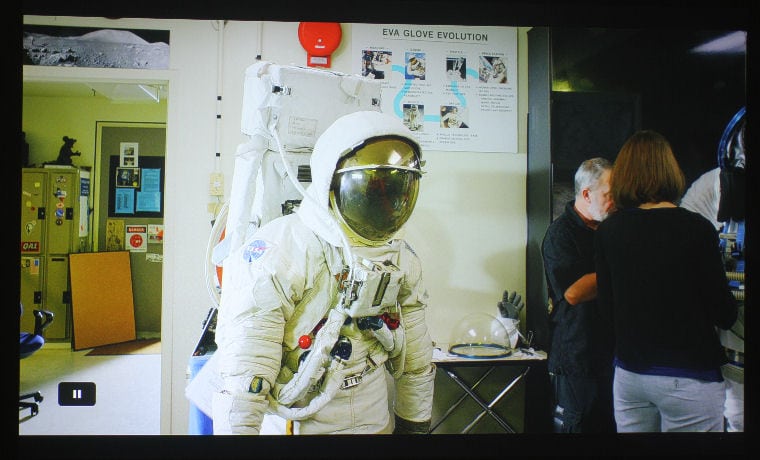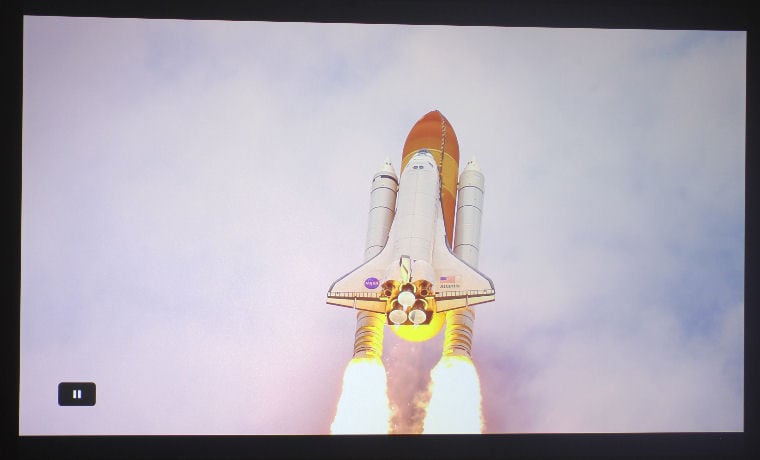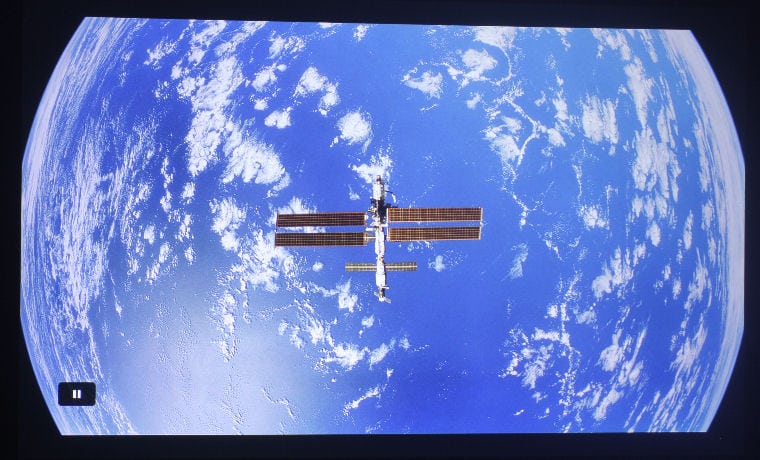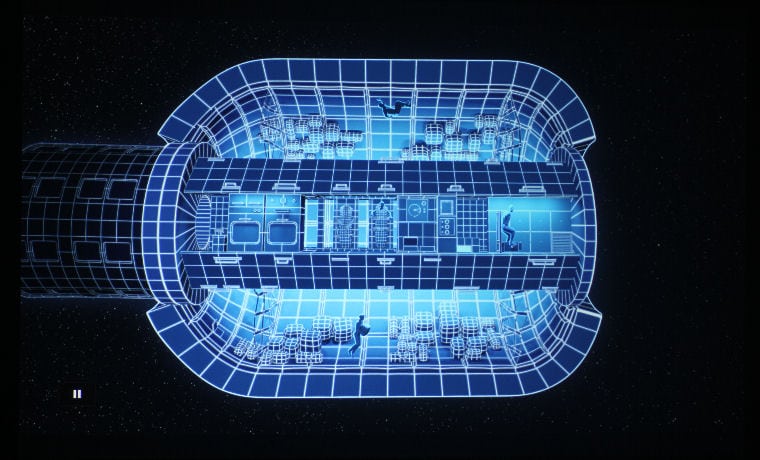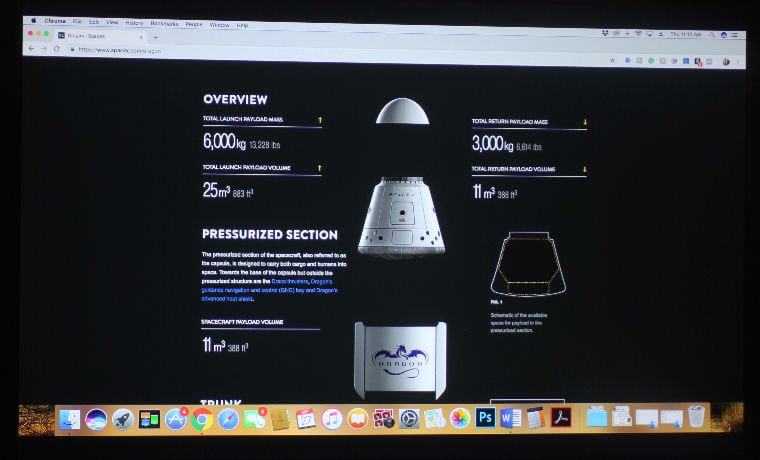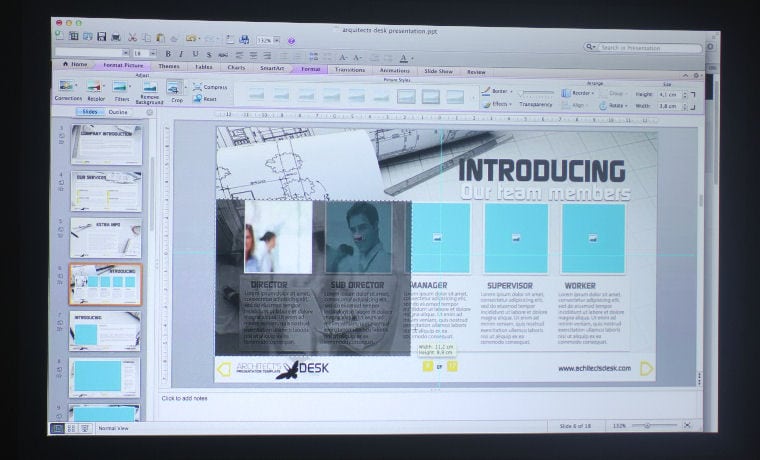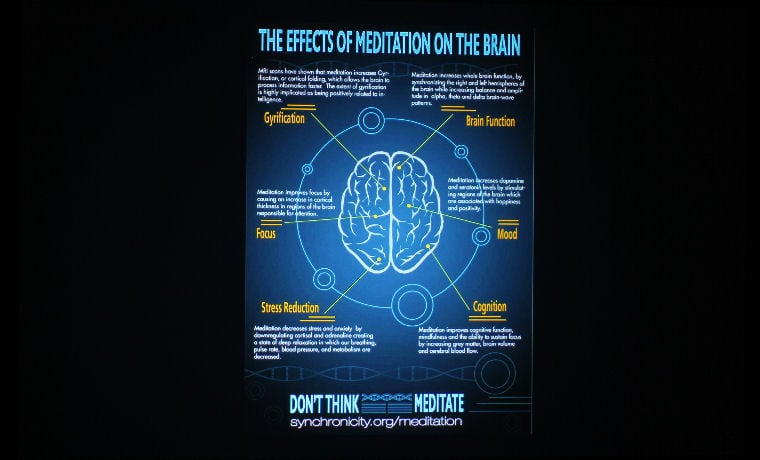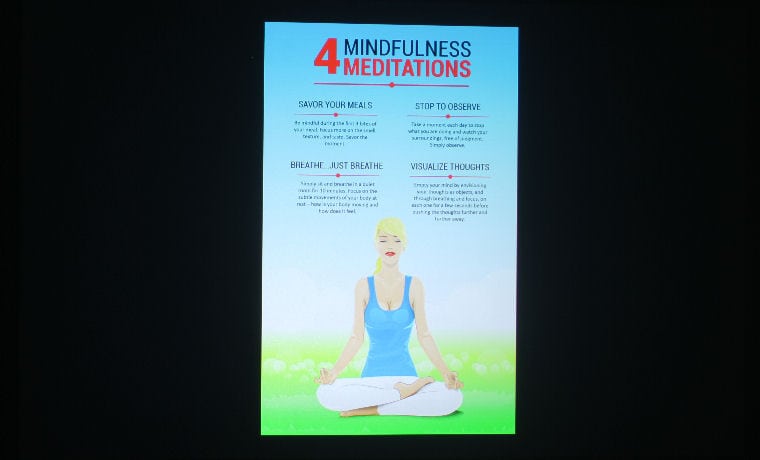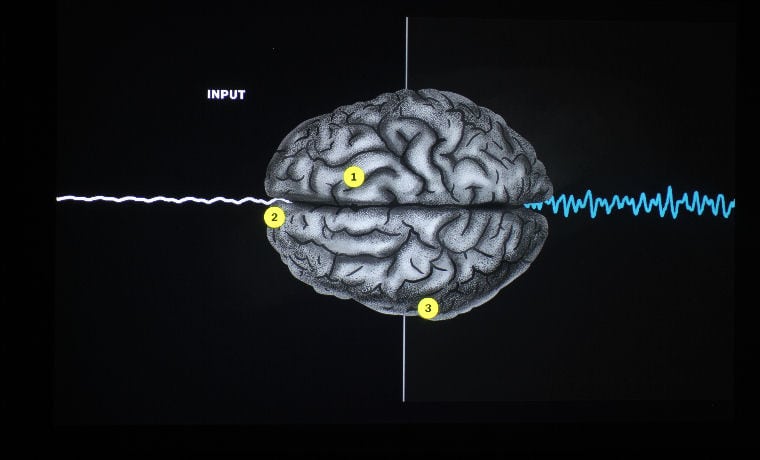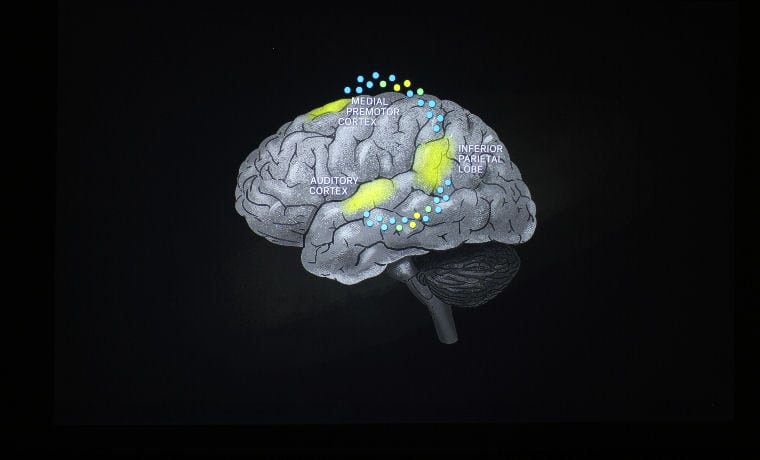The NEC NP-PA653UL closely competes with the Sony VPL-FHZ61, with its WUXGA resolution (1920 x 1200), interchangeable lens options, motorized lens functions, laser light engine with a 20,000 lifespan, and 3LCD technology. The PA653UL is brighter, claiming 6,500 lumens, but measured at 6,156 lumens in its brightest mode – that’s just below 2,000 lumens more than the VPL-FHZ61. Besides the difference in brightness, the feature sets of each projector vary, and will be the deciding factor on whether or not one projector is right for you over the other – unless you really do need that extra 1,831 lumens. That, and the street price of the NEC is a couple thousand lower than the Sony’s MSRP, and I couldn’t find a street price for this projector.
The NEC NP-PA653UL won our Best in Class Performance Award for the Large Venue Projector category in this year’s Best in Classroom Education Projector Report (published last spring), and can accept 4K content. Now, it’s not native 4K, but rather, a pixel shifter, meaning it takes that 1920 x 1200 image, copies it and shifts it up diagonally to create a higher pixel count. Though that pixel shifting will make the NEC NP-PA653UL a tad sharper than the Sony VPL-FHZ61, unless your applications require the projector to accept 4K content, this may not be a feature you need. If your commercial applications require a higher resolution, perhaps check out the review of this NEC before making any decisions.
Another projector that I would position as competition to the Sony VPL-FHZ61 is the recently-reviewed Panasonic PT-MZ670U. Also with WUXGA resolution, a laser light engine, and 3LCD technology, this Panasonic blows the Sony out of the water in terms for brightness. It claimed 6,500 lumens and came in just a smidge over claim. It, too, has some great features, and excellent placement flexibility. Its MSRP is $11,999, but also has a similar street price to the NEC.
This Sony did have better color than either of those two projectors – I would rank them in this order: Sony VPL-FHZ61, NEC NP-PA653UL, Panasonic PT-MZ670U. Check out these other reviews if they sparked any interest for you – otherwise, consider the Sony VPL-FHZ61 to be a great commercial projector, if you found the feature set suitable to your business or education applications!

